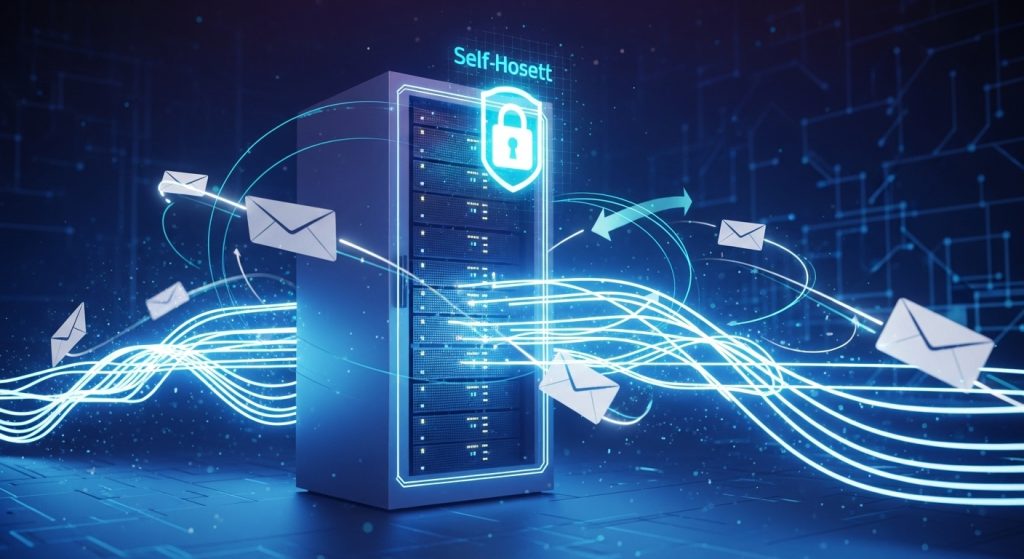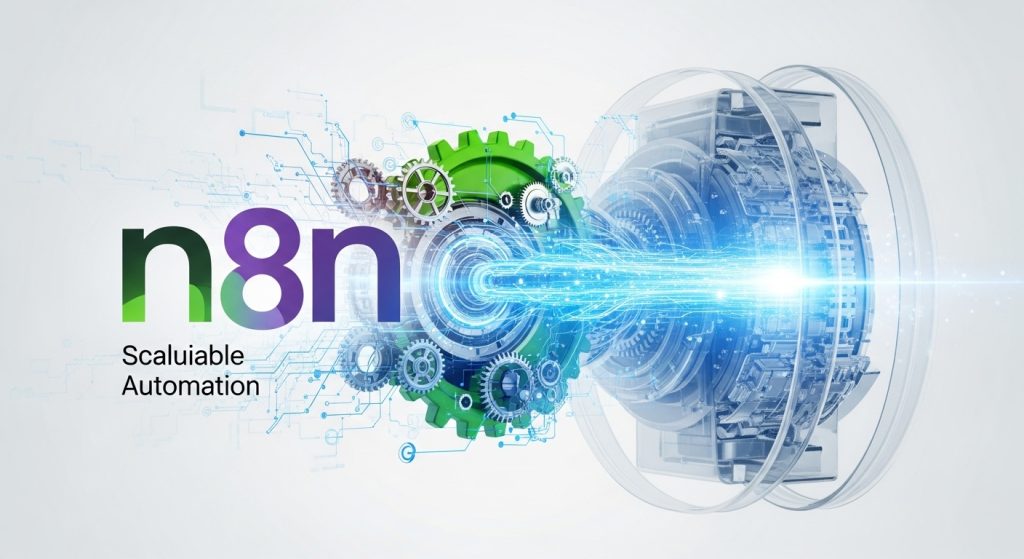Email marketing is one of the oldest forms of digital marketing, and for that reason, it’s often dismissed as “old news.” Yet, it consistently delivers one of the highest ROIs of any marketing channel. The reason for its enduring success is its ability to evolve. Today, that evolution is being driven by two powerful forces: deep personalization and artificial intelligence (AI).
The era of the one-size-fits-all email blast is over. Customers now expect communication that is relevant, timely, and tailored to their individual needs and behaviors. Trying to meet this expectation manually is impossible at scale. This is where AI comes in, transforming email marketing from a static channel into a dynamic, responsive, and highly personalized conversation. This article explores the future of email and how you can leverage these technologies to stay ahead.
Beyond the First Name: What is True Personalization?
For years, “personalization” meant little more than inserting a subscriber’s first name into the subject line. True personalization goes much deeper. It involves using customer data to tailor every aspect of the email experience, including:
- Content: Dynamically changing blog post recommendations, product suggestions, or even imagery based on a user’s browsing history and past purchases.
- Timing: Sending emails at the optimal time for each individual subscriber, based on when they are most likely to engage.
- Frequency: Adjusting how often you email someone based on their level of engagement, preventing fatigue for casual browsers while keeping loyal fans updated.
- Journey-Based Triggers: Moving beyond simple “welcome” emails to create complex, automated workflows triggered by specific user behaviors, such as cart abandonment, webinar attendance, or content downloads.
How AI is Powering the Next Generation of Email
Artificial intelligence is the engine that makes true personalization possible at scale. AI algorithms can analyze vast amounts of data to identify patterns and make predictions that would be impossible for a human marketer to uncover.
1. Predictive Segmentation
Instead of manually creating static lists, AI can create dynamic segments based on predicted behavior. For example, it can identify a group of subscribers who are “at risk of churning” or “likely to purchase in the next 7 days.” This allows you to create highly targeted campaigns to proactively address customer needs.
2. AI-Powered Content Optimization
AI tools can now help you write better emails. They can generate subject lines and A/B test them automatically to find the most effective version. Some platforms can even analyze the sentiment of your email copy and suggest improvements to make it more engaging. This frees up marketers to focus on strategy rather than endless copy tweaks.
3. Send Time Optimization (STO)
This is one of the most accessible AI features. Instead of sending your campaign to everyone at 10 AM on Tuesday, an STO feature will deliver the email to each individual subscriber at the time they are most likely to open it, based on their past behavior. This simple change can significantly lift open rates.
Getting Started with a Smarter Email Strategy
You don’t need a team of data scientists to start implementing a more personalized, AI-driven strategy. Here’s how to begin:
1. Consolidate Your Data: The power of AI comes from data. Ensure your email platform is integrated with your CRM, e-commerce store, and website analytics. The more data you can feed the system, the smarter it will become.
2. Start with Behavioral Triggers: Begin by setting up automated emails based on simple behaviors. The “abandoned cart” email is the classic example, but you can also create triggers for visiting a specific product page multiple times or downloading a certain piece of content.
3. Leverage Dynamic Content: Most modern email service providers (ESPs) offer dynamic content blocks. Start by creating simple rules, such as showing a different call-to-action to customers versus prospects.
Conclusion: The Conversation is the Channel
The future of email marketing is not about blasting messages; it’s about cultivating conversations. By leveraging personalization and AI, you can ensure that every email you send is a valuable, relevant, and welcome touchpoint in the customer journey. This approach not only drives better metrics in the short term but also builds the kind of long-term customer loyalty that is the foundation of a sustainable business. The technology is here. It’s time to move beyond the batch-and-blast mentality and embrace the power of intelligent communication.
📚 For more insights, check out our ultimate digital marketing resource.



